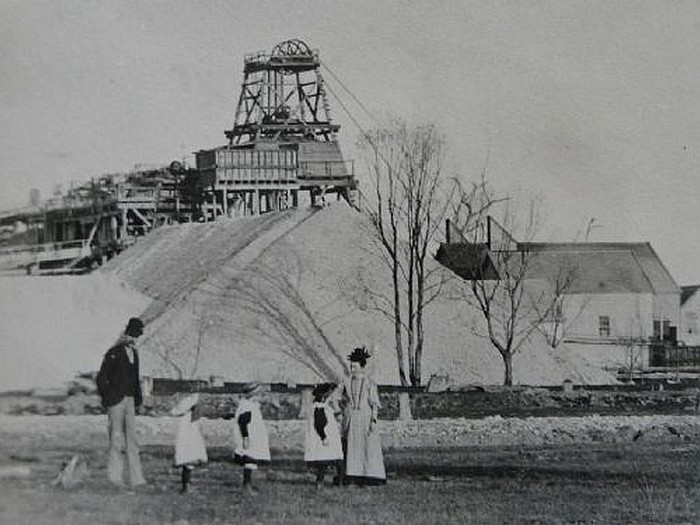From Golden Beginnings
It was once home to some of the biggest wineries in the southern hemisphere, but Rutherglen was founded on Gold!
Discovered during 1836 by Major Mitchell expedition the first settlers James Lindsay Brown and Thomas Clarke selected a parcel of land called Gooramadda run. Three years later John Foord and John Crisp took up land next door at Wahgunyah run.
The first vines were planted in 1851 at Browns Plains (Gooramadda) by John Lindsay Brown and in Corowa by Edwin Sanger, but that was all about to change as gold was discovered in 1860.
Prospectors flooded to the region to find their fortune along the deep quarts belts. One group of Indigo miners digging a shaft for several weeks close to where Wine Village Motel is located today, struck gold on the 9th September 1860.
At the time this end of town was named Barkly, after Sir Henry Barkly, Governor of Victoria and soon after business sprung up in Argyle (Main) and Elizabeth (High) streets.
“Shout the bar”, exclaimed David Hamilton to the publican John Wallace of the Star Hotel over a few drinks and you can call the town after your birthplace in Scotland. “Right you are Davie, Rutherglen it shall be” replied Wallace.

As the gold rush slowed, legend has it that someone said "there is more gold to be won from the top six inches of soil than from the depths below it", and in 1858 first vineyards Chambers, St Leonards, Gehrig's, Morris 1859, All Saints 1869, and Campbells 1870 established their plantings.
In the mid 1880's a bonus of 2 pounds was paid by Victoria Government every acre of vines planted in the region, and by 1890 Rutherglen's 50 vineyards where producing a quarter of all wine made in Australia.
But that was all about to end when in the 1899 Phylloxera spreads through out North East Victoria. This aphid which attacks the roots caused vines to be pulled out and burnt, closing many vineyards.
With the help of the Rutherglen Viticultural College, now the Department of Primary Industries (DPI) new rootlings from American phylloxera resistant stock where grown and by 1925 Rutherglen had over 7000 acres of vines planted, reaching the pre-Phylloxera levels and exporting over 700,000 gallons of wine to England each year.
It’s hard to miss the old mine sites, mullock heaps and former vineyards in the paddocks. The grand old homesteads still remain, rustic cellar doors, and the classic shopfronts as you stroll along under the shady verandahs of Main Street.


